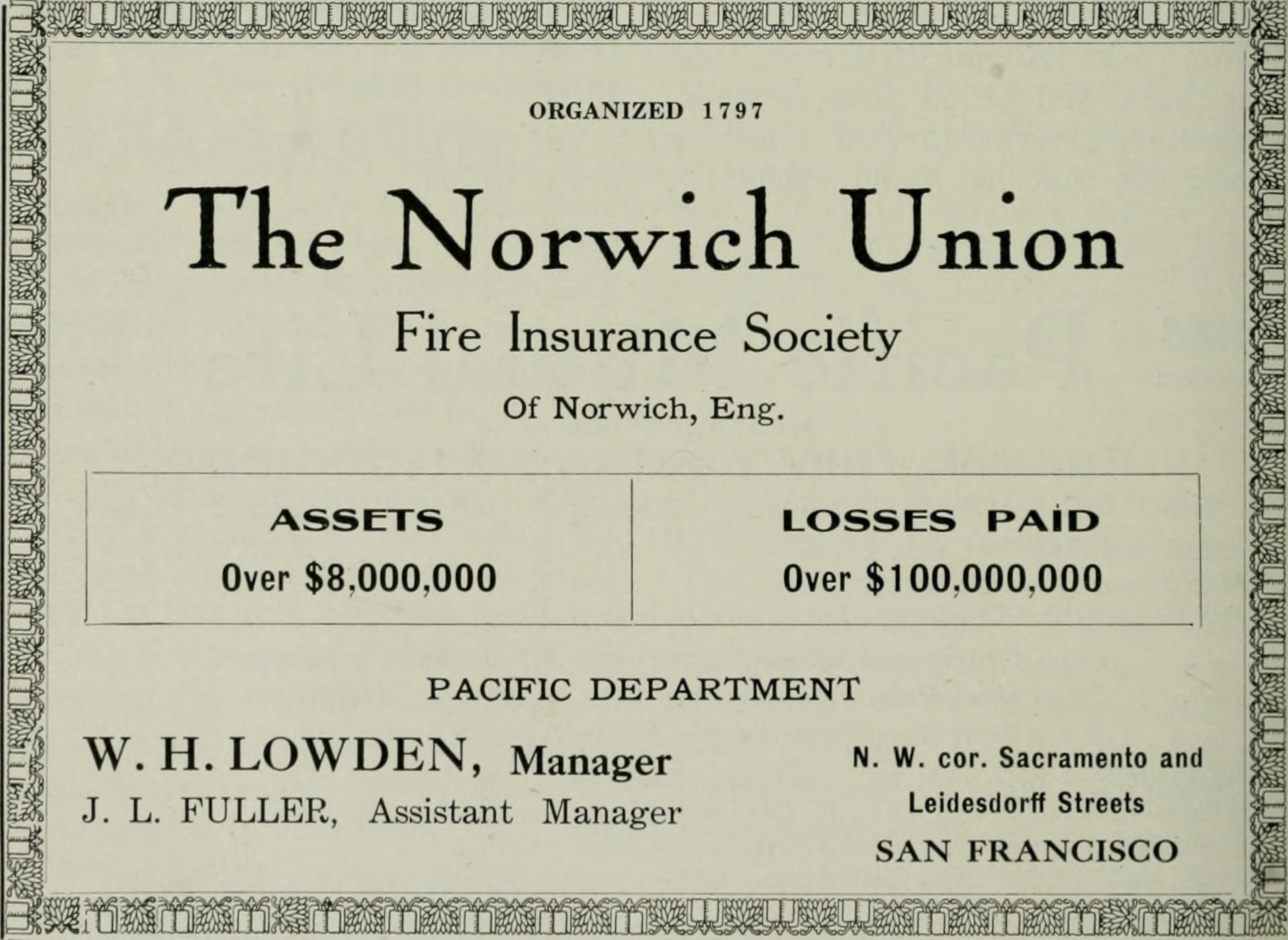Property & Casualty Agent 101
- Introduction to Property and Casualty (P&C) Insurance
- General Liability Insurance
- Workers Compensation Insurance
- Stock Throughput Policies
- Product Recall Coverages
- Inland Marine Insurance
- Cyber Insurance
- Directors and Officers (D&O) Insurance
- Other Insurance Policies
- Other Insurance Policies
- Other Insurance Policies
- Other Insurance Policies
- Wrap Up and Preparation for Licensing Exam
Other Insurance Policies
Coverage and Risks of Various Insurance Policies

Equitable transfer of the risk of a loss, from one entity to another in exchange for payment.
In this article, we will delve into the coverage provided by various insurance policies such as Trade Credit Insurance, Environmental Liability Insurance, and Professional Liability Insurance. We will also discuss the risks associated with not having these insurance policies and illustrate these points with case studies.
Trade Credit Insurance
Trade Credit Insurance protects businesses against the risk of non-payment by customers. It covers accounts receivable, one of the largest assets on a company's balance sheet. The coverage typically includes protection against insolvency of the buyer, protracted default, and political risks that may prevent payment.
The risk of not having Trade Credit Insurance can be significant. If a major customer fails to pay, it can lead to serious cash flow problems. This risk is particularly high in volatile economic times or when dealing with customers in unstable regions.
Environmental Liability Insurance
Environmental Liability Insurance covers claims for damages and cleanup costs resulting from environmental pollution caused by a company's operations. This can include pollution of air, water, or land, and the associated legal costs.
The risk of not having this insurance is potentially enormous. Environmental damage can lead to costly cleanup operations, legal fees, and reputational damage. A company could also face regulatory fines and penalties. For example, a manufacturing company might accidentally pollute a local river, leading to extensive cleanup costs and damages to affected parties.
Professional Liability Insurance
Professional Liability Insurance, also known as Errors and Omissions Insurance, protects companies and professionals against claims of negligence or inadequate work. It covers legal defense costs and any settlements or judgments.
The risk of not having this insurance can be substantial. Even if a company or professional has not made a mistake, defending against a negligence claim can be expensive. For instance, a consultant might provide advice that leads to a client's financial loss. The client could then sue the consultant for negligence.
In conclusion, each of these insurance policies provides essential coverage that protects companies from significant risks. Without these coverages, companies expose themselves to potential financial and reputational damage that could threaten their viability. Understanding these coverages and risks is crucial for any insurance professional advising clients in the consumer goods industry.